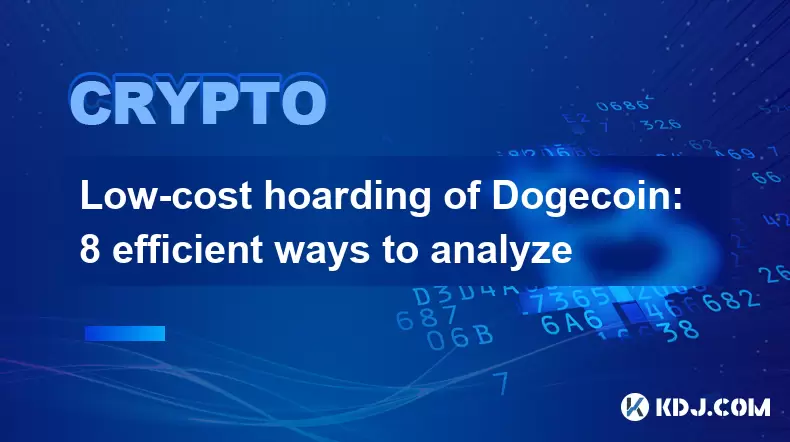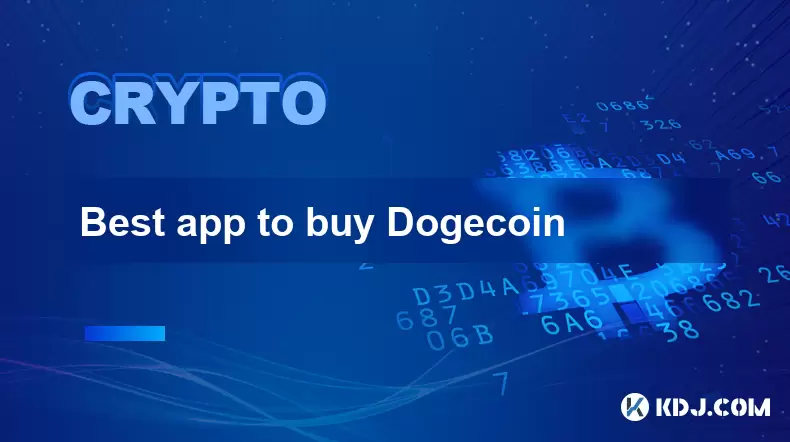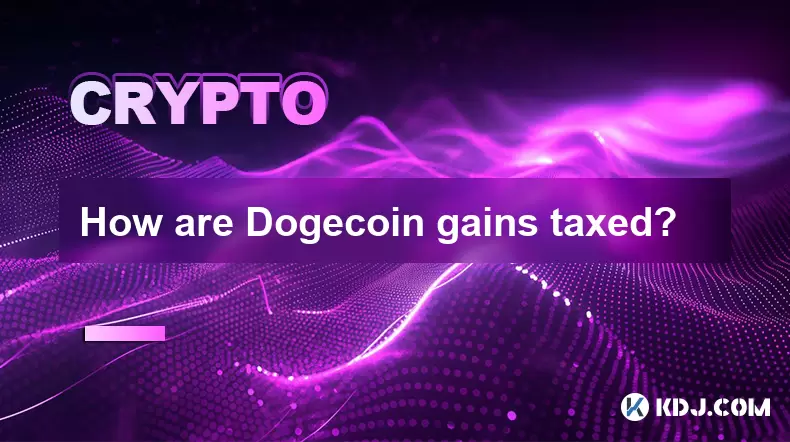-
 Bitcoin
Bitcoin $114500
-0.31% -
 Ethereum
Ethereum $3648
1.11% -
 XRP
XRP $3.033
-0.27% -
 Tether USDt
Tether USDt $0.9999
-0.01% -
 BNB
BNB $758.5
-0.32% -
 Solana
Solana $167.5
1.48% -
 USDC
USDC $0.9998
-0.02% -
 TRON
TRON $0.3331
0.74% -
 Dogecoin
Dogecoin $0.2039
0.25% -
 Cardano
Cardano $0.7419
-0.46% -
 Hyperliquid
Hyperliquid $39.21
2.66% -
 Stellar
Stellar $0.4049
-1.95% -
 Sui
Sui $3.483
-0.56% -
 Bitcoin Cash
Bitcoin Cash $570.8
2.89% -
 Chainlink
Chainlink $16.67
-0.57% -
 Hedera
Hedera $0.2470
-1.57% -
 Ethena USDe
Ethena USDe $1.001
0.00% -
 Avalanche
Avalanche $22.36
1.52% -
 Litecoin
Litecoin $123.4
4.35% -
 UNUS SED LEO
UNUS SED LEO $8.989
0.09% -
 Toncoin
Toncoin $3.324
-2.40% -
 Shiba Inu
Shiba Inu $0.00001219
-1.30% -
 Uniswap
Uniswap $9.811
2.54% -
 Polkadot
Polkadot $3.662
-0.07% -
 Monero
Monero $295.5
-3.85% -
 Dai
Dai $1.000
0.01% -
 Bitget Token
Bitget Token $4.345
0.24% -
 Cronos
Cronos $0.1380
0.95% -
 Pepe
Pepe $0.00001044
-1.14% -
 Ethena
Ethena $0.5981
-4.24%
Low-cost hoarding of Dogecoin: 8 efficient ways to analyze
To hoard Dogecoin at a low cost, analyze market trends, trading volume, and technical indicators, while staying informed about news and events.
Jun 09, 2025 at 03:21 pm

In the world of cryptocurrency, Dogecoin has emerged as a popular choice for many investors due to its low entry price and community-driven nature. For those looking to hoard Dogecoin at a low cost, it's crucial to employ efficient analysis methods to maximize potential returns. This article will explore eight efficient ways to analyze Dogecoin for low-cost hoarding, helping you make informed decisions and potentially increase your cryptocurrency portfolio.
Understanding Market Trends
Analyzing market trends is the cornerstone of any successful cryptocurrency investment strategy, including Dogecoin. By understanding the general direction in which the market is moving, you can make more informed decisions about when to buy and sell. To analyze market trends for Dogecoin, start by examining its price history over different time frames. Use technical analysis tools like moving averages, trend lines, and support and resistance levels to identify patterns.
Additionally, keep an eye on broader market sentiment. Tools like the Fear and Greed Index can give you insights into the overall mood of the market. For Dogecoin, community sentiment on platforms like Reddit and Twitter can also be a strong indicator of upcoming trends. By combining technical analysis with sentiment analysis, you can better predict when Dogecoin might be at a low price, ideal for hoarding.
Evaluating Trading Volume
Trading volume is a critical metric when analyzing Dogecoin for low-cost hoarding. High trading volume often indicates strong interest in the cryptocurrency, which can lead to price increases. Conversely, low trading volume might suggest a lack of interest, potentially leading to price decreases. To evaluate trading volume, look at the daily and weekly volumes on major exchanges like Binance and Coinbase.
When you notice a significant increase in trading volume, it might be a signal to hold off on buying until the price stabilizes. On the other hand, if you see a consistent decrease in volume, it could be an opportunity to buy Dogecoin at a lower price. Tools like TradingView can help you track volume changes and set alerts for specific thresholds, making it easier to time your purchases effectively.
Assessing Technical Indicators
Technical indicators provide valuable insights into the potential future movements of Dogecoin. Some of the most commonly used indicators for cryptocurrency analysis include the Relative Strength Index (RSI), Moving Average Convergence Divergence (MACD), and Bollinger Bands. Each of these indicators can help you determine whether Dogecoin is overbought or oversold, which can inform your decision to buy at a low cost.
For example, an RSI below 30 typically indicates that Dogecoin is oversold and might be a good time to buy. Conversely, an RSI above 70 suggests that it might be overbought, and you might want to wait for a price correction. By combining multiple technical indicators, you can develop a more robust analysis strategy, helping you identify the best times to hoard Dogecoin at a low cost.
Monitoring News and Events
Staying informed about news and events that could impact Dogecoin's price is essential for low-cost hoarding. Dogecoin, like many cryptocurrencies, can be highly volatile and influenced by external factors such as celebrity endorsements, regulatory changes, and technological developments. To effectively monitor news and events, set up alerts on platforms like Google Alerts or use apps like Feedly to track relevant keywords and sources.
Pay particular attention to announcements from key figures in the Dogecoin community, such as Elon Musk, who has historically influenced the cryptocurrency's price through his tweets. Additionally, keep an eye on broader cryptocurrency news, as developments in the industry can have ripple effects on Dogecoin. By staying informed, you can anticipate potential price movements and buy Dogecoin at a lower cost before significant events drive up its value.
Analyzing On-Chain Data
On-chain data provides a wealth of information about the underlying health and activity of the Dogecoin network. Metrics like transaction volume, active addresses, and hash rate can give you insights into the cryptocurrency's usage and security. To analyze on-chain data, use tools like Glassnode or CryptoQuant, which offer detailed metrics and visualizations.
For instance, a high transaction volume and an increasing number of active addresses can indicate growing interest and adoption of Dogecoin, potentially leading to price increases. Conversely, a declining hash rate might signal network security issues, which could negatively impact the price. By regularly monitoring on-chain data, you can better understand the fundamental factors driving Dogecoin's price and make more informed decisions about when to buy at a low cost.
Utilizing Dollar-Cost Averaging
Dollar-cost averaging (DCA) is a strategy that can help you hoard Dogecoin at a low cost over time. Instead of trying to time the market perfectly, DCA involves investing a fixed amount of money at regular intervals, regardless of the price. This approach can help you smooth out the volatility of Dogecoin and potentially buy more coins when the price is low.
To implement DCA for Dogecoin, choose a fixed amount of money you're comfortable investing each week or month. Set up automatic purchases on a cryptocurrency exchange to ensure you stick to your schedule. Over time, this strategy can help you accumulate a larger number of Dogecoins at an average price that's lower than the market highs. By consistently investing, you can reduce the risk of buying at the peak and increase your chances of hoarding Dogecoin at a low cost.
Comparing Exchange Fees
Exchange fees can significantly impact the cost of hoarding Dogecoin, especially if you're making frequent trades. To minimize your costs, compare the fees on different exchanges and choose the one that offers the best rates for your trading volume. Some popular exchanges for Dogecoin include Binance, Coinbase, and Kraken.
When comparing fees, consider both the trading fees and any withdrawal fees you might incur when moving your Dogecoins to a personal wallet. Some exchanges offer lower fees for high-volume traders or for using their native tokens. By selecting an exchange with competitive fees, you can reduce the overall cost of hoarding Dogecoin and increase your potential returns.
Leveraging Arbitrage Opportunities
Arbitrage involves buying Dogecoin on one exchange where the price is lower and selling it on another where the price is higher, profiting from the price difference. While this strategy requires more active trading, it can help you hoard Dogecoin at a lower cost. To leverage arbitrage opportunities, use tools like CoinMarketCap or CoinGecko to monitor price differences across exchanges.
When you identify a significant price discrepancy, quickly buy Dogecoin on the lower-priced exchange and sell it on the higher-priced one. Keep in mind that arbitrage opportunities can be fleeting, so you'll need to act fast. Additionally, consider the fees associated with both buying and selling, as they can eat into your profits. By effectively using arbitrage, you can accumulate more Dogecoins at a lower average cost.
Frequently Asked Questions
Q: Can I use these analysis methods for other cryptocurrencies?
A: Yes, the analysis methods discussed in this article can be applied to other cryptocurrencies as well. However, keep in mind that each cryptocurrency has its unique characteristics and market dynamics, so you may need to adjust your approach accordingly.
Q: How often should I review my Dogecoin analysis?
A: It's a good practice to review your Dogecoin analysis regularly, at least once a week. However, during periods of high volatility or significant news events, you might want to check more frequently to stay updated on potential price movements.
Q: Are there any tools that can automate some of these analysis methods?
A: Yes, there are several tools available that can automate parts of your analysis. For example, TradingView offers automated alerts for technical indicators, while platforms like CryptoQuant provide real-time on-chain data updates. These tools can help you stay informed without constantly monitoring the market manually.
Q: How much Dogecoin should I hoard at a low cost?
A: The amount of Dogecoin you should hoard depends on your investment goals, risk tolerance, and overall financial situation. It's essential to only invest what you can afford to lose and to diversify your portfolio to mitigate risk. Consider starting with a small amount and gradually increasing your holdings as you gain more experience and confidence in your analysis.
Disclaimer:info@kdj.com
The information provided is not trading advice. kdj.com does not assume any responsibility for any investments made based on the information provided in this article. Cryptocurrencies are highly volatile and it is highly recommended that you invest with caution after thorough research!
If you believe that the content used on this website infringes your copyright, please contact us immediately (info@kdj.com) and we will delete it promptly.
- Altcoin Alert: Is Punisher Coin the Presale to Pounce On?
- 2025-08-06 06:50:11
- XRP Price, Bitwise, and the 2030 Forecast: Will XRP Hit the Big Time?
- 2025-08-06 06:50:11
- Ruvi AI: The AI Token Primed for CMC Listing and Explosive Growth
- 2025-08-06 06:30:13
- Sushi's Sizzling Summer: AMA on August 6th & Market Moves!
- 2025-08-06 06:30:13
- Akash Network, NVIDIA Blackwell, and Decentralized AI: A New Era?
- 2025-08-06 06:35:11
- Metamask, Altcoins, and the Move: Is Cold Wallet the Future?
- 2025-08-06 04:30:12
Related knowledge

Bitcoincoin burning mechanism
Jul 20,2025 at 09:21pm
What is the Dogecoin burning mechanism?The Dogecoin burning mechanism refers to the process of permanently removing DOGE tokens from circulation by se...

How to earn free Bitcoincoin?
Jul 19,2025 at 10:08pm
What is Dogecoin and Why Earn It?Dogecoin (DOGE) started as a meme-based cryptocurrency in 2013 but has grown into a widely recognized digital asset. ...

Is Coinbase a good wallet for Bitcoincoin?
Jul 19,2025 at 04:42pm
Understanding Coinbase as a Wallet Option for DogecoinWhen considering where to store Dogecoin, Coinbase is often mentioned as a potential option due ...

How to buy Bitcoincoin with PayPal?
Jul 23,2025 at 06:57am
Understanding the Basics of Buying DogecoinBefore diving into the process of buying Dogecoin with PayPal, it’s essential to understand what Dogecoin i...

Best app to buy Dogecoin
Jul 23,2025 at 03:08pm
What Is a Cryptocurrency Exchange and How Does It Work?A cryptocurrency exchange is a digital marketplace where users can buy, sell, or trade cryptocu...

How are Dogecoin gains taxed?
Jul 25,2025 at 07:01am
Understanding the Taxation of Dogecoin GainsWhen it comes to Dogecoin (DOGE), many investors are drawn to its meme-inspired branding and volatile pric...

Bitcoincoin burning mechanism
Jul 20,2025 at 09:21pm
What is the Dogecoin burning mechanism?The Dogecoin burning mechanism refers to the process of permanently removing DOGE tokens from circulation by se...

How to earn free Bitcoincoin?
Jul 19,2025 at 10:08pm
What is Dogecoin and Why Earn It?Dogecoin (DOGE) started as a meme-based cryptocurrency in 2013 but has grown into a widely recognized digital asset. ...

Is Coinbase a good wallet for Bitcoincoin?
Jul 19,2025 at 04:42pm
Understanding Coinbase as a Wallet Option for DogecoinWhen considering where to store Dogecoin, Coinbase is often mentioned as a potential option due ...

How to buy Bitcoincoin with PayPal?
Jul 23,2025 at 06:57am
Understanding the Basics of Buying DogecoinBefore diving into the process of buying Dogecoin with PayPal, it’s essential to understand what Dogecoin i...

Best app to buy Dogecoin
Jul 23,2025 at 03:08pm
What Is a Cryptocurrency Exchange and How Does It Work?A cryptocurrency exchange is a digital marketplace where users can buy, sell, or trade cryptocu...

How are Dogecoin gains taxed?
Jul 25,2025 at 07:01am
Understanding the Taxation of Dogecoin GainsWhen it comes to Dogecoin (DOGE), many investors are drawn to its meme-inspired branding and volatile pric...
See all articles

























































































